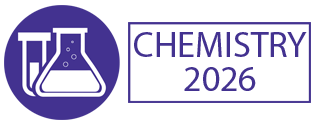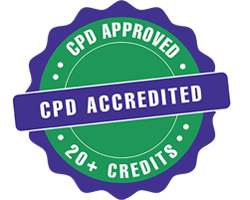Title : Nutrient and heavy metal loads from the Ribeiras to Coastal zones: A land-ocean continuum perspective in Madeira Island
Abstract:
The ribeiras of Madeira are small freshwater river systems that act as critical conduits linking terrestrial and marine environments, transporting both dissolved and particulate materials from inland catchments to the coastal zone. Seasonal rainfall and episodic storm events mobilise nutrient-rich runoff-particularly nitrates, nitrites, phosphates, and silicates-derived from agricultural activities, urban discharges, and natural soil leaching. These nutrient inputs can stimulate primary production in nearshore waters, but excessive loading poses a risk of eutrophication, harmful algal blooms, and subsequent oxygen depletion. In parallel, fine sediments transported by the ribeiras carry adsorbed heavy metals, such as Pb, Zn, Cu, and Cd, originating from both natural geochemical backgrounds and anthropogenic sources, including industrial residues, urban runoff, and atmospheric deposition. These sediments accumulate along the riverbeds and at the river mouths, where hydrodynamic processes facilitate their deposition in the estuarine-coastal interface. Once in the marine environment, heavy metals can become incorporated into benthic sediments, posing long-term ecological risks through remobilisation and bioaccumulation within the coastal food web. The principal aim of this study is to investigate the dynamics of nutrients in three freshwater streams under the influence of population, industrial, and tourism pressures, as well as the concentrations and spatial patterns of metals in bottom sediments from both freshwater and adjacent coastal environments. Three ribeiras were selected: Ribeira de Sao Joao, Ribeira de Santa Luzia, and Ribeira de João Gomes. Surface water and bottom sediment samples will be collected over one year (2025–2026). Nitrate, nitrite, phosphate, and silicate concentrations will be determined in surface waters, while heavy metal concentrations and granulometric composition will be measured in bottom sediments. Preliminary results indicate that, for water samples, nitrate and silicate inputs from the ribeiras are more significant than nitrite and phosphate loads. The geochemical composition of bottom sediments in inland freshwater and coastal areas shows a broadly similar baseline. However, both enrichment and depletion of specific elements are observed, likely reflecting uptake, deposition, and dilution processes in the marine system. From a Land-Ocean continuum perspective, the ribeiras and their estuarine outlets function as a single, interconnected system where terrestrial processes directly influence coastal ecosystem health. Understanding the temporal variability, magnitude, and composition of nutrient and metal fluxes is therefore essential for integrated catchment–coast management strategies aimed at protecting water quality, preserving marine biodiversity, and ensuring the sustainability of coastal resources.




